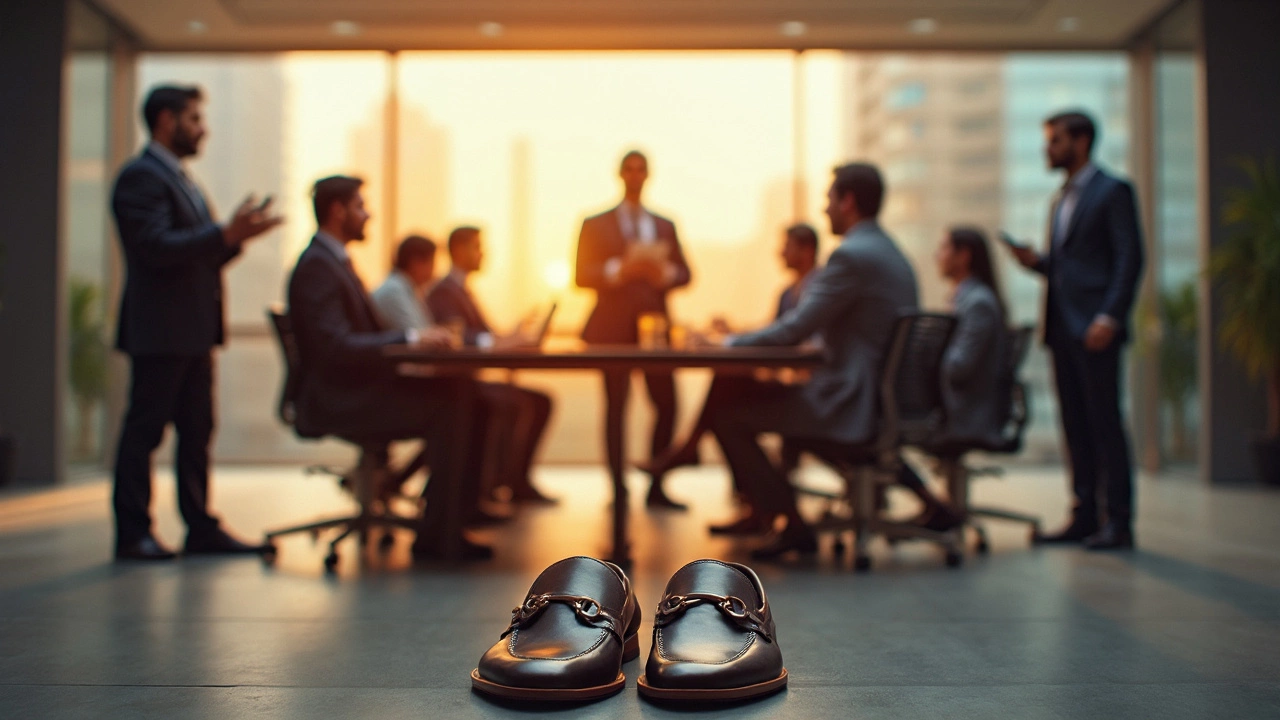Professional Footwear: Style, Comfort, and Smart Choices
If you spend hours on your feet or need to look sharp for meetings, the right shoes matter more than you think. Professional footwear isn’t just about looks; it’s about support, durability, and fitting the environment you work in. Below you’ll find practical advice on picking the perfect pair, keeping them in shape, and avoiding common pitfalls.
Choosing the Right Shoe for the Job
Start by matching the shoe to the work setting. Office labs, construction sites, and retail floors each have different demands. For a corporate office, polished leather oxfords or sleek loafers signal professionalism while offering enough cushion for daily walking. On a job site, steel‑toe boots with breathable liners protect your feet and keep you comfortable during long shifts. If you need a blend of comfort and style, consider dress sneakers that combine matte leather uppers with lightweight midsoles—great for creative workplaces that allow a more relaxed dress code.
Material matters too. Full‑grain leather ages beautifully but can get slippery when wet; a rubber sole adds grip and prevents accidents. Suede offers a softer look but stains easily, so reserve it for dry climates or indoor use. When reading our post When To Avoid Leather Shoes, you’ll see that rainy days or slippery floors are prime reasons to choose alternatives like waterproof synthetics.
Keeping Your Work Shoes Looking Fresh
Even the best shoes look cheap if you neglect care. After each workday, give them a quick brush to remove dust and debris. For leather, use a soft cloth and a light conditioner to keep the material supple. If you own a pair of leather shoes, our article Do Leather Shoes Age Well? explains that regular polishing not only restores shine but also creates a protective barrier against moisture.
When it comes to odor, let your shoes breathe. Remove insoles and place them in a well‑ventilated area overnight. A sprinkle of baking soda works wonders for neutralizing smells. If you’re curious about more unconventional options, check out Do Podiatrists Recommend Crocs? – it shows that breathable, slip‑on styles can be a health‑friendly fallback on casual workdays.
Storing shoes properly prolongs their life. Use shoe trees for leather dress shoes to maintain shape, and keep boots upright on a rack rather than stacked. This prevents crushing the toe box and keeps the heel from deforming.
Finally, rotate your footwear. Wearing the same pair daily doesn’t give the material a chance to recover, which speeds up wear. Having at least two work‑ready pairs lets each set dry out and retain its shape between uses.
Whether you’re hunting for a sleek business shoe, a sturdy work boot, or a comfort‑focused sneaker, the key is to balance style with function. Use these tips, refer to our related posts for deeper dives, and you’ll step into any professional setting feeling confident and comfortable.

